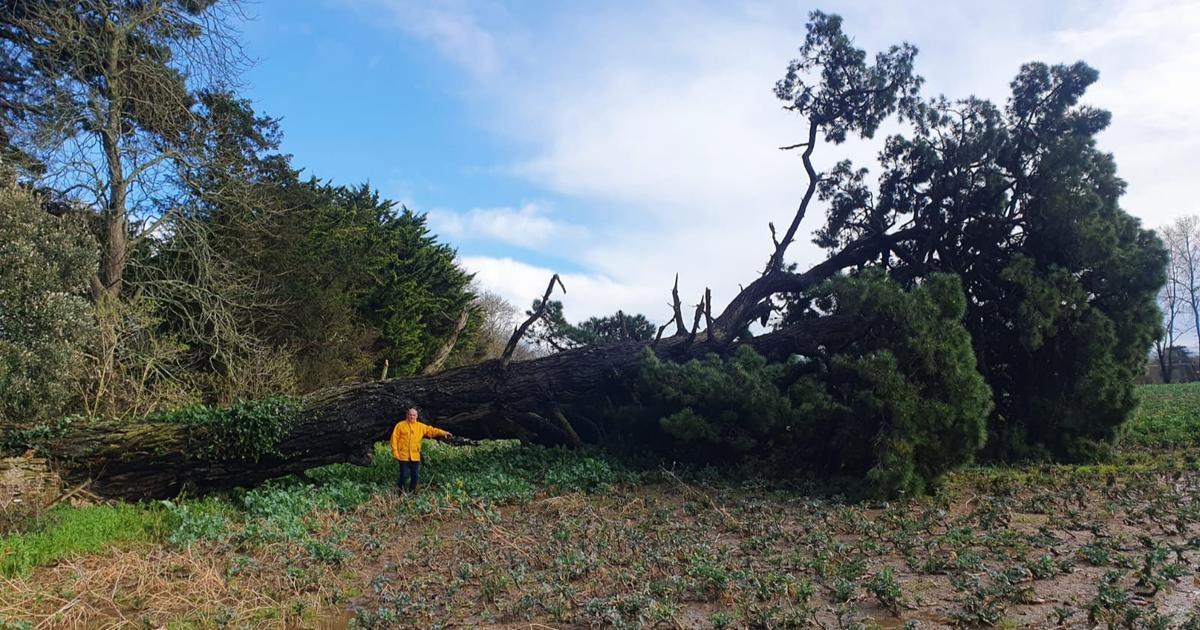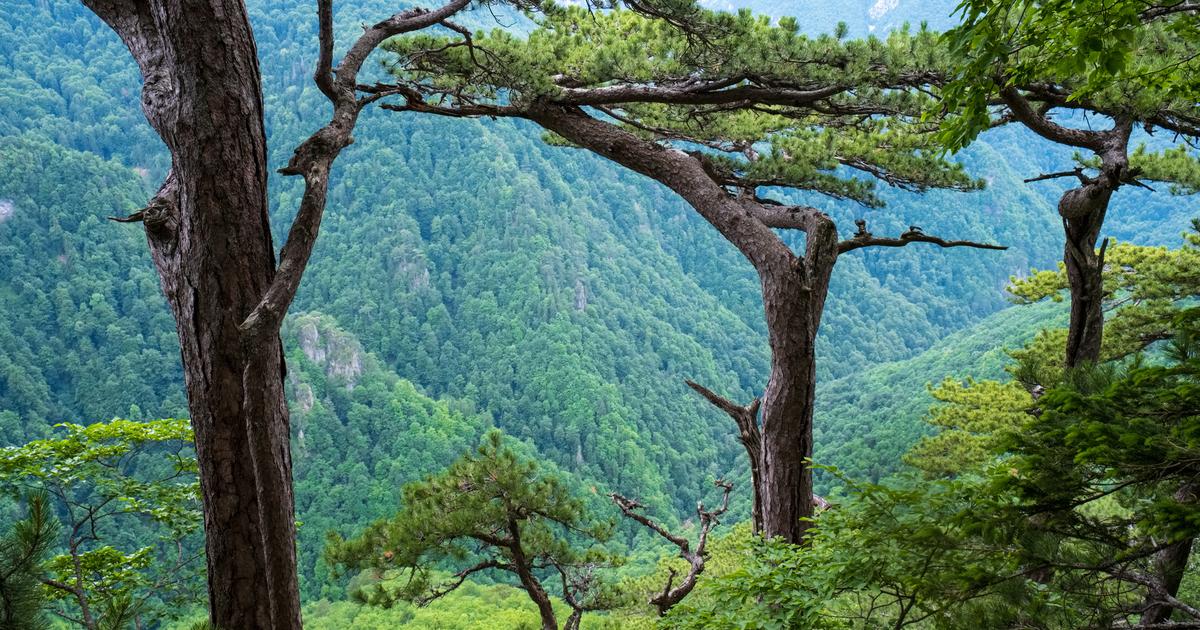Not only the forest in Germany is bad, in the rest of Europe it is similar. According to a report by the World Conservation Union (IUCN), more than half of Europe's tree species are endangered.
Responsible are pests, diseases and unsustainable felling. In addition, alien species were forcing their way back home and growing cities were reducing their forest area regionally, according to the IUCN in Brussels.
The Conservation Union has studied the stocks of all 454 tree species known in Europe. 265 of them do not occur on any other continent. Of these 265, 58 percent were threatened. 66 individual species were already extinct.
The IUCN divides endangered species into six categories: from "potentially endangered" to "endangered", "critically endangered", "endangered" and "extinct in nature" to "extinct". In total, she lists more than 28,000 animal and plant species worldwide as endangered.
more on the subject
In Germany, especially rowan (Sorbus) are in danger, said David Allen, one of the authors. Most are threatened because the populations are anyway small and in addition their habitat is dwindling and weakened.
It also looks bad for the wild common horse chestnuts. Since 2017, they are considered "vulnerable", level two on the IUCN scale. The greatest threat is the fungus of the Balkan Mining Moth. Since the 1980s, it has spread from south-eastern Europe across the entire continent and has few natural enemies.
The IUCN estimates that the number of wild horse-chestnut trees (Aesculus hippocastanum) in Europe is less than 10,000. Not included in this assessment are the trees in cities, parks and avenues.
More about reforestation
Underestimate species in danger
The IUCN scientists have also created new European Red Lists for molluscs, shrubs and mosses. More than a fifth of molluscs and mosses and almost half of all shrubs are threatened, according to the IUCN.
This is mainly due to the fact that wilderness is being destroyed, species introduced as well as agricultural practices and the global temperature increase. Molluscs such as snails played a key role in the recycling of nutrients in the soil and were an important food source for birds and other animals.
"This report shows that the situation is precarious for many overlooked and underestimated species - species that form the backbone of the European ecosystem and contribute to a healthy planet," said Luc Bas, IUCN Director of the Europe Office. "We must limit the impact of humans on our ecosystems and make the protection of these species a priority."
Even in Germany, large parts of the forest are damaged. Around 180,000 hectares threaten to disappear. Therefore, the Federal Government is planning a program for the conservation of forests. Federal Agriculture Minister Julia Klöckner (CDU) this week, additional funds from the federal government and countries of up to 800 million euros in prospect.









